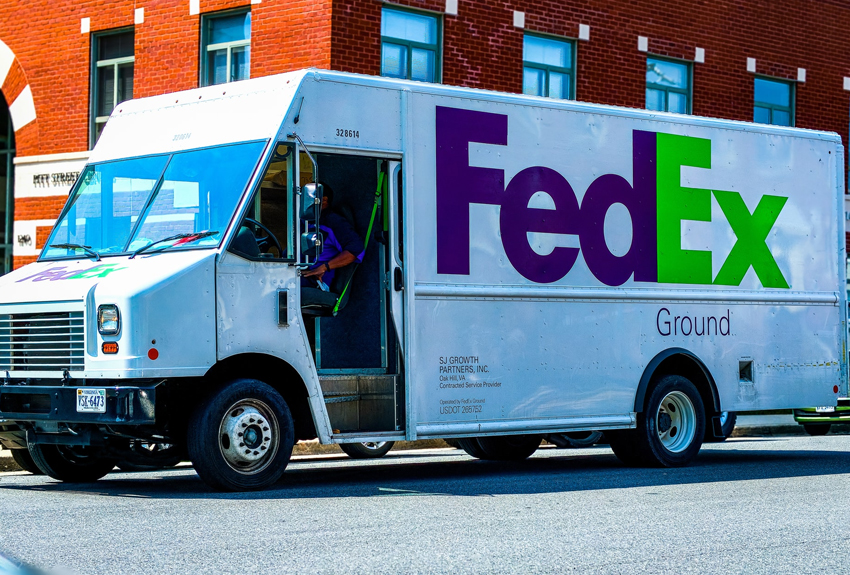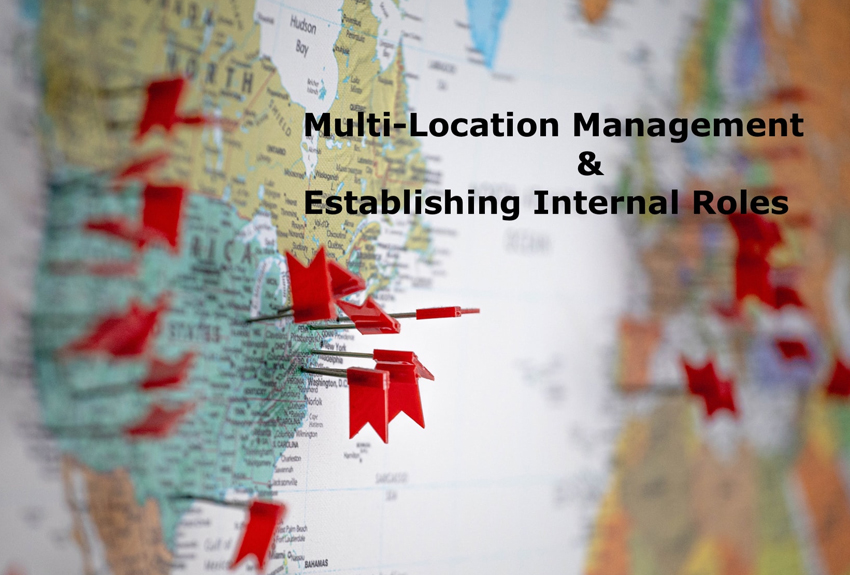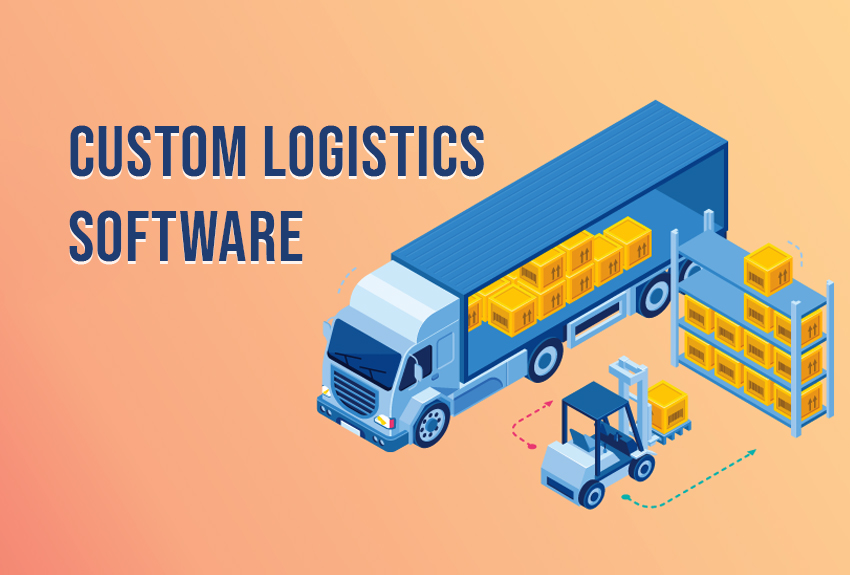An In-Depth Guide to Logistics Software Part 3: Multi-Location Management and Automated Financial Reporting
As a logistics business, you will probably already know the difficulty of monitoring and managing multiple warehouses, stations or stores. Not only must you track the overall performance of all of the locations, you must also pay attention to the performance of each individual location to ensure all of your teams stay on the same page. In the previous article, we discussed some key features of custom logistics software, including managing multiple locations with a single software interface, giving admins access to navigate anywhere within the system, and executing employee and role management.
In this blog, we will tackle some of the features of custom logistics software that automate data reporting and address business calculations. With the help of reporting, inventory and driver management, and automated profit-loss calculations, you can make managing a logistics business a whole lot simpler.
-
Reporting Features:-
Reporting features are an excellent way to keep track of multiple business variables and moving parts. With the reporting offered by a custom logistics software, you can keep track of any of the minute details of your business that you deem important and necessary. Let’s say you are a logistics business specializing in distributing food and produce to local grocery stores. As a manager or admin, you may want to know how many drivers work at a specific location, so that you can plan the most efficient schedules for distributing perishable goods like dairy, meat and fish. If you have just partnered with a local farm or fisherman, you can add them to your routes easily. If you need to check on or revise a driving route for a particular location, you can easily access each location’s, and even each driver’s, driving route. Finally, a reporting system can also keep track of how many packages or goods you have delivered. Depending on what industry you work in, you can designate different data for automatic reporting. These variables can be anything, and can also adapt later to the requirements and particulars of your business.
-
Inventory Management:-
When you are delivering hundreds, even thousands of packages a day, keeping track of your inventory is one of the most important aspects of your daily operations. Misplacing even a single package can lead to a negative customer interaction with your business. Moreover, delivery mistakes are bound to happen, so if they do you want a way to implement damage control. With a simple inventory input system, you can keep tabs on all of the packages that are actually at your stations, versus the ones that are expected to be. If a package is not properly delivered to a customer, at the very least you can tell whether your location made a mistake or if the package was never at the station in the first place.
-
Automated Profit & Loss:-
At the C level of your company, and all the way down, you would ideally like to maintain transparency about the performance of your business. Although massaging the numbers may seem like a good way to protect company morale, it is actually better to let your staff know when your business may be suffering. Transparency about profit-loss can lead to increased accountability throughout your company. Furthermore, if your logistics business outperforms expectations, you want to share that information with your workers and create incentives to let them know you appreciate their work.
-
Driver Management:-
Although driver management sounds somewhat similar to driver micro-management, you don’t actually want to use this feature to pressure your drivers. This feature exists not just so that you can monitor each driver’s route, as well as each driver’s fulfillment rate (packages expected to be delivered versus the packages actually delivered), which of course you can through a custom logistics software system. Driver management also lets you key in on each driver’s feedback and experience. If a driver needs to miss an extended amount of time, you can find a way for his, her or their manager to check in on them personally.
In the case that a particular driver misses a substantial number of deliveries, driver management features also let you monitor a driver’s geographic location through GPS.
The Final Word?
Managing multiple locations of a logistics business requires both patience and time-pressured decision-making. Once your logistics operations reaches a certain size, it can no longer function on manual inputs on Excel spreadsheets: your business will both need and grow from the use of a custom logistics dashboard, where you can see up-to-the-minute reports on all of your KPIs and day-to-day data.





